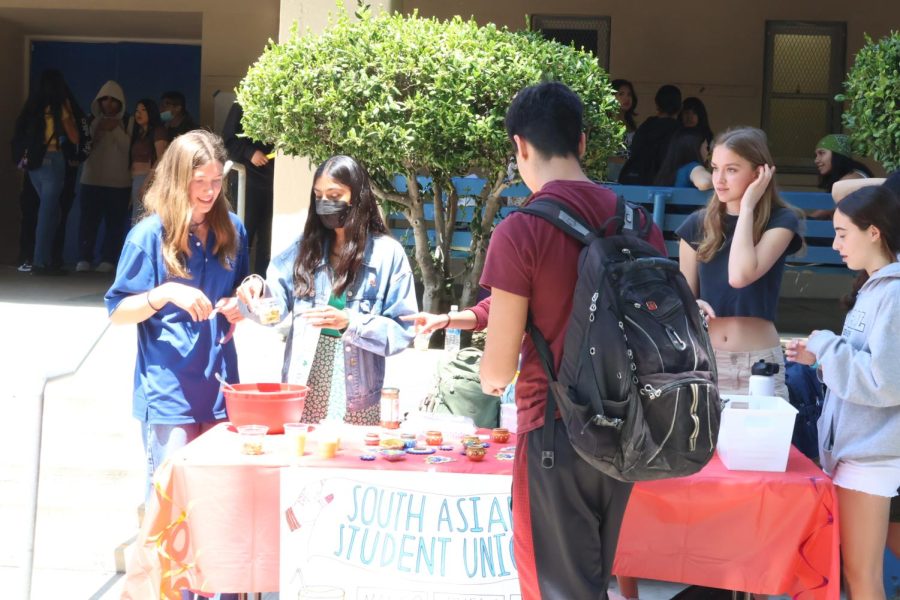Diversity at NHHS: Multicultural Club Rush 2023
“I like that everyone is promoting their own club and teaching people about their culture through snacks.” And that’s just what this year’s multicultural club rush entailed: a smorgasbord of enticing, yummy dishes, representative of the diversity that makes up our school’s student body.
The Multicultural Club Rush is an integral part of NoHo’s community that not only brings the student body together but supports clubs in creating an inclusive atmosphere that develops cultural knowledge and promotes diversity. This year, 18 clubs participated in the club rush and served an array of treats, inviting all to try them!
Some question what difference it makes to embrace diversity, especially in high school, and how to even address multiple cultures. But thanks to ASB and their commitment to encompassing these pressing inquiries, they opened the floor to cultural clubs at NoHo, spreading the opportunity of enriching students with cultural awareness.
When asked how they’re club highlights NoHo’s culturalism, Amara Mathew, the co-president of the South Asian Student Union, spoke out that SASU is extremely important to NHHS. “Because South Asians are a minority among our school’s population…there were many South Asian students who were so excited to come to our table to see a representation of their culture.”
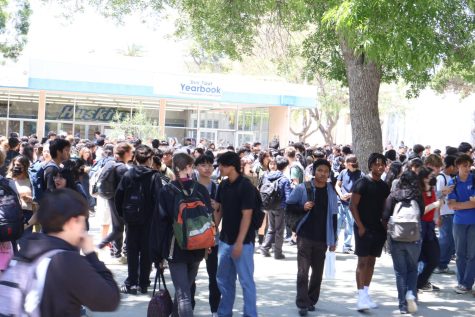
It’s clubs like SASU and their determined presidents that make it their top priority to advocate for cultural representation at NHHS. Because students at NHHS take the initiative in creatively reaching their fellow peers, clubs carefully crafted their menus to expose students to universal cultures.
In Asian Student Union, President Eunice Choi shared that her club sold famous Asian snacks like Pocky and Hello Panda, but also sold “Yakgwa and yoogwa, which are traditional Korean sweets.”
“I chose these because I also wanted to introduce new snacks to students, something different and not well known,” expressed Eunice. And it’s the “not-so-well-known” snacks that truly engage students in learning more about a culture.
With SASU, they proudly sold 80 items which included henna tattoos, mango lassi, and chaat (a savory Indian snack). According to Amara, compared to last year’s multicultural club rush, “We sold western products because we thought that would make more money for our club, but we ended up making more of a profit this year which I think was because people wanted to try and experience new things.”
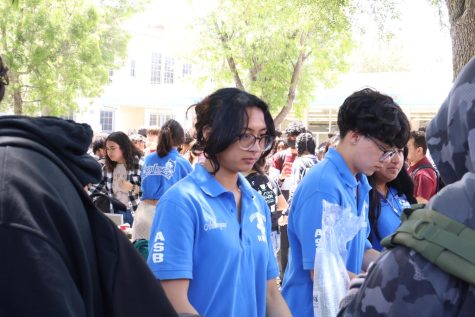
Besides cultural clubs, creative clubs like NoHo Poets were also part of the multicultural unity on the quad. Although poetry is not an ethnic background, it’s clubs like NoHo Poets that give diversity that deserving platform to be put in the spotlight and recognized by all audiences.
Melissa Salinas, NoHo Poets Vice President, says “Poetry is a diary for us to express and share what we are.” In other words, poetry provides an outlet for unapologetic expression, whether it be about emotions or most of all, culture.
Mia Estrada, treasurer of the club, makes it clear that “We the readers are able to hear perspectives from different individuals throughout the world simply by reading poetry by various authors of diverse backgrounds. That, in my opinion, is what makes poetry such a beautiful art form: it may be written in any way and by anybody.”
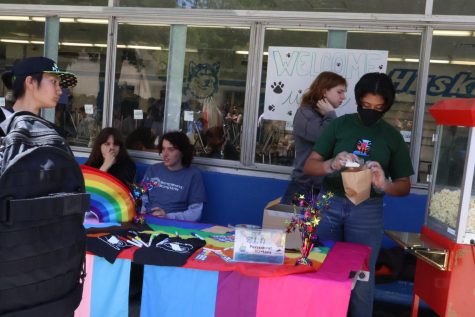
And the same way poetry beautifully carries expression is the same way culture beautifully carries individuality, something that is extremely necessary to share with the world, especially young, impressionable students.
Overall, when traveling through the crowds of kids on the quad, pushing through, trying to spend your tickets on new and intriguing snacks that are worth your money, it was all collectively agreed that the multicultural club rush was fun because you got to witness the representation of students of different ethnicities, taking part in learning more about other cultures.
Your donation will support the student journalists of North Hollywood High School. Your contribution will allow us to purchase equipment and cover our annual website hosting costs.
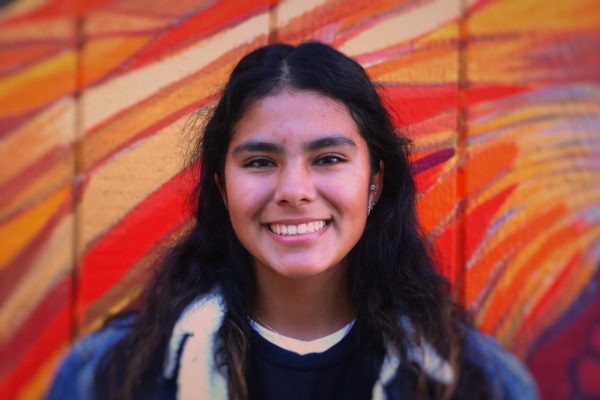
"I am a senior at NHHS and love anything related to music, film, or literature. I aspire to be an accomplished writer when I grow up."

